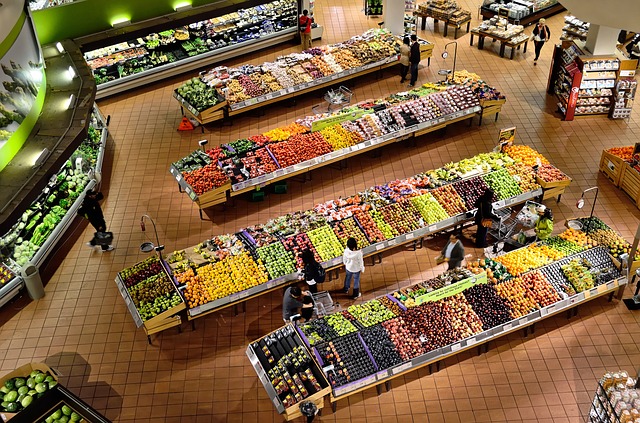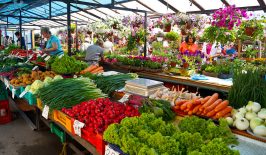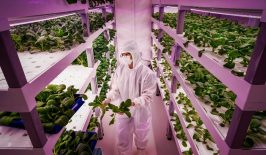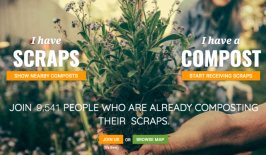Recent research has shown that when equipped with clear information about food’s environmental impact, individuals will make choices that are better for the planet.
When it comes to the decisions we make in our everyday lives, almost nothing has more impact on the climate and the environment than what we choose to eat. Agriculture is responsible for up to a third of global greenhouse gas emissions – due to the methane produced by cattle, the fertilizers used and deforestation – and transporting food from country to country also requires huge amounts of energy. A report last year from the IPCC recommended buying fewer meat and dairy products, eating more locally-sourced food, as well as throwing less of it away.
So what’s stopping us? Well, there are a whole host of reasons: what we choose to eat is strongly inflenced by our cultural background, our emotional associations and even our genes. Trying to take into account the environmental impact of everything you buy during the frantic evening dash around the supermarket is – understandably – not a priority for most people. And with so many variables at play, even for the most well-informed, accurately estimating the climate impact of different foods is a huge and exhausting challenge.
But a recent two-part study in Nature Climate Change suggests that it might not primarily be a lack of incentive that’s to blame, but a lack of information. In the first part of the research, a group of over 1000 consumers were asked to estimate the climate impact of different kinds of foods. While they showed a general understanding that part beef had a larger carbon footprint than vegetables, for example, they tended to underestimate food’s impact, particularly when it came to things like red meat. They recognised this gap between estimation and reality as “a possible blind spot suitable for intervention”, which leads us on to part two…
The second part of the study involved a computer simulation, where consumers were offered the choice of buying different kinds of soup. The tins all carried labels that showed the GHG emissions associated with the life cycle of each of the options in two, very clear ways: a green-to-red scale of climate impact, and with the energy required to make each product measured in “light-bulb minutes”. Their analysis showed that armed with this information, they ended making greener choices.
When It Comes To Food’s Environmental Impact, Why Are We So Often So Wrong?
Interestingly, when the participants were asked to rate the climate impact of different household appliances – like microwaves and laptops – they underestimated it, but less so than for food. There are a couple of reasons for this, but the main one is probably that the impact of electronics is simply far more visible. Appliances often already have environmental labels on, and the energy they use is right there in front of us – we pay for the energy they consume, and see those little red or green lights flashing on and off. But with food, the complex carbon footprint behind each and every thing we eat is largely hidden – a combination of deforestation, transportation and fertilisers that most of us find hard to visualise.
Of course, because the test was carried out in a lab, the results may be different in a real life scenario. And in real life of course, other factors, such as cost and convenience and personal values also come into play. But this research does suggest that there’s a huge opportunity here that we’re not tapping into. While technology can help us to make informed decisions – like conscious consumption apps and smart tags that let us trace the supply chain of different products – equipping consumers with the information that they need, rather than expecting them to go and source the information by themselves, might just be the change the world needs.
There have been calls recently for governments to make these kind of labels compulsory, “to reward sustainable companies, enable sustainable eating and support better policymaking”, but currently it only seems to be the Danish government that has seriously discussed collaborating with food manufacturers and supermarkets to develop this kind of labelling in a bid to help the country meet their ambitious goal of being climate neutral by 2050.






